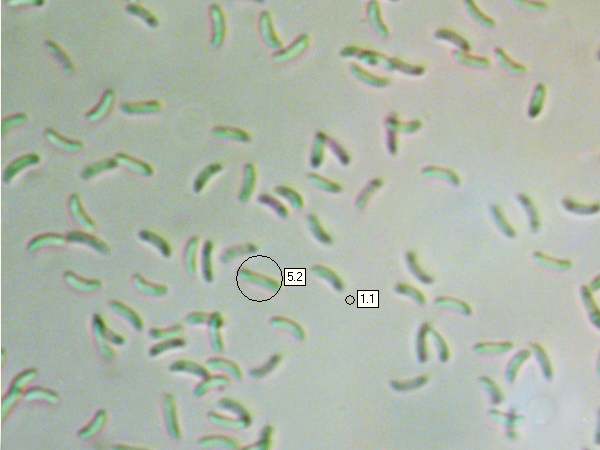Trametes pubescens (Schumach.) Pilát
Phylum: Basidiomycota - Class: Agaricomycetes - Order: Polyporales - Family: Polyporaceae
Distribution - Taxonomic History - Etymology - Identification - Culinary Notes - Reference Sources
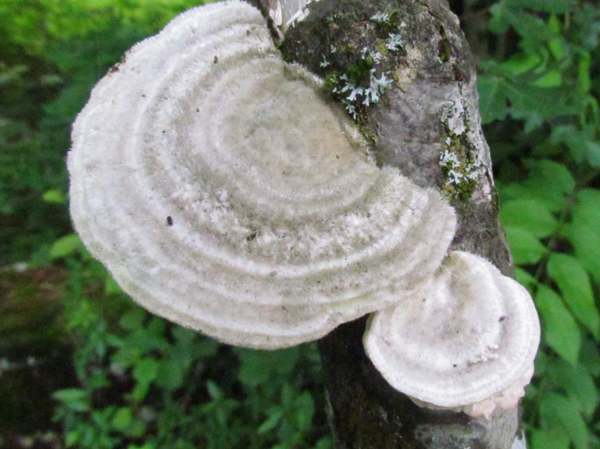
Few of the polypores can honestly be described as beautiful, but when you come across young fruitbodies of Trametes pubescens on a nice sunny day you may well agree that they look absolutely gorgeous in their white velvet gowns. Unfortunately these brackets soon lose their pristine appearance, developing brown radial lines and deep furrows near the margin on the upper surface and a yellowish tinge to the fertile underside. Aged specimens are often devoid of the velvety coating and hence more difficult to identify.
In Japan this bracket fungus has reportedly been prescribed as an adjunct to other treatments for cancer of the colon.
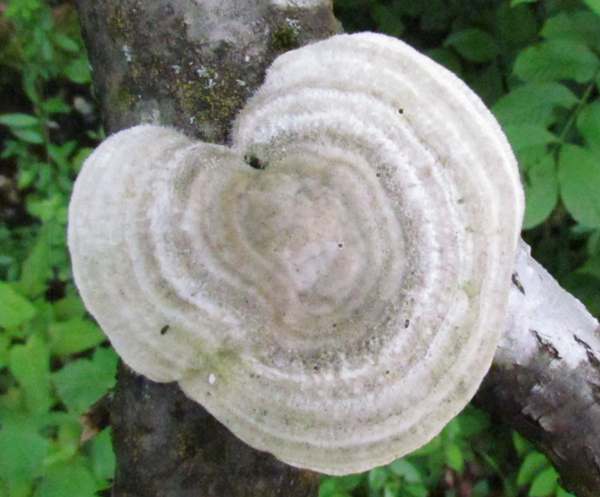
Distribution
Rather an uncommon species in Britain and Ireland, this pretty polypore is more plentiful in central mainland Europe and is also a frequent find in most parts of North America.
Taxonomic history
Described scientifically in 1803 by the Danish mycologist Heinrich Christian Friedrich Schumacher (1757 - 1830), who gave it the binomial scientific name Boletus pubescens (at a time when anything with pores was placed in the Boletus genus, later redistributed across several other new genera), this species was renamed Trametes pubescens in 1939 by the Czech mycologist Albert Pilát (1903 - 1974).
Synonyms of Trametes pubescens include Boletus velutinus Pers., Boletus pubescens Schumach., Polyporus pubescens (Schumach.) Fr., Polyporus velutinus (Pers.) Fr., Polystictus velutinus (Pers.) Cooke, Coriolus pubescens (Schumach.) Quél., Polystictus pubescens (Schumach.) Gillot & Lucand, Leptoporus pubescens (Schumach.) Pat., and Tyromyces pubescens (Schumach.) Imazeki.
Etymology
Trametes, the genus name, comes from the prefix tram- meaning thin and -etes meaning 'one whi is' - hence the implication is that fruitbodies of fungi in this genus are thin in section.
The specific epithet pubescens is a reference to the fine downy hairs on the velvety upper surfaces of young brackets of this species.
Identification guide
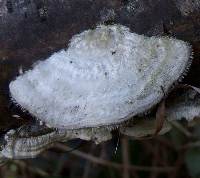 |
CapWhite or cream with tough, cork-like flesh; the brackets are semicircular, downy or velvety on their upper surfaces; up to 8cm across and typically 5mm deep; often tiered, adjacent caps are occasionally fused laterally. |
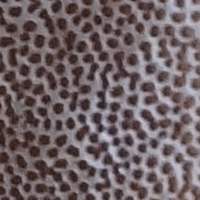 |
Tubes and PoresThe tubes are white and 4 to 6mm deep, terminating in white, slightly angular pores often varying randomly in size and sometimes merging; typically 3 to 5 pores per mm. Picture by Jerzy Opioła (Own work) [CC-BY-SA-3.0 via Wikimedia Commons]. |
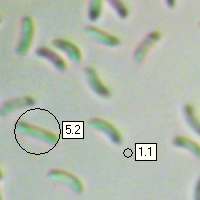 |
SporesCylindrical to sausage shaped, smooth, 5-6 x 1.5-2.5µm; inamyloid. Spore printWhite. |
Odour/taste |
No distinctive smell or taste. |
Habitat & Ecological role |
This bracket fungus can be seen on many kinds of broadleaf trees, including fruit trees of the Prunus genus as well as Beech and birches. It is a saprophytic fungus and causes white rot. |
Season |
These annual bracket fungi sometimes persists through the winter in southern areas, but fresh fruitbodies appear in late summer and autumn, which is when they release their spores. |
Similar species |
Trametes suaveolens, a larger pale bracket, does not usually grow in overlapping tiers. |
Culinary Notes
Although not generally reported as poisonous, these bracket fungi are too leathery to be considered edible.
Reference Sources
Fascinated by Fungi, 2nd Edition, Pat O'Reilly 2016, reprinted by Coch-y-bonddu Books in 2022.
BMS List of English Names for Fungi
Mattheck, C., and Weber, K. Manual of Wood Decays in Trees. Arboricultural Association 2003.
Dictionary of the Fungi; Paul M. Kirk, Paul F. Cannon, David W. Minter and J. A. Stalpers; CABI, 2008
Taxonomic history and synonym information on these pages is drawn from many sources but in particular from the British Mycological Society's GB Checklist of Fungi.
Fascinated by Fungi. Back by popular demand, Pat O'Reilly's best-selling 450-page hardback book is available now. The latest second edition was republished with a sparkling new cover design in September 2022 by Coch-y-Bonddu Books. Full details and copies are available from the publisher's online bookshop...
